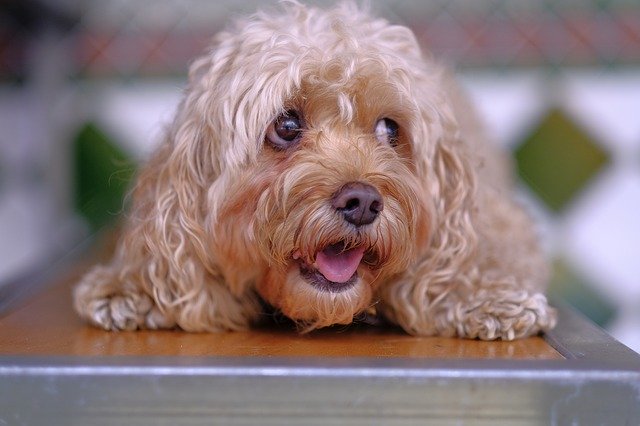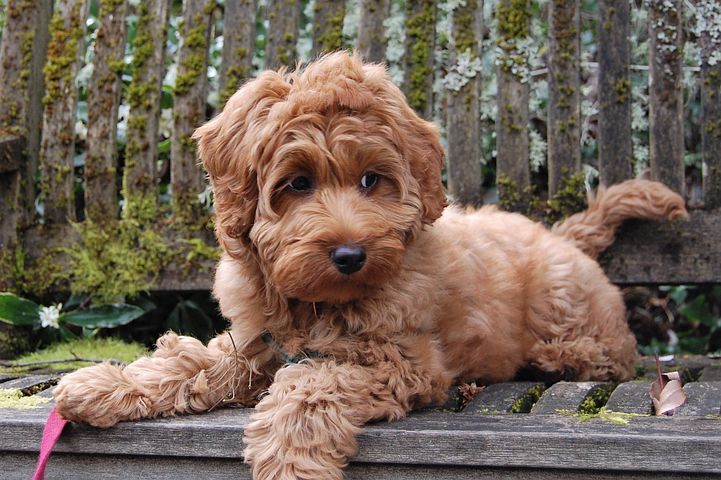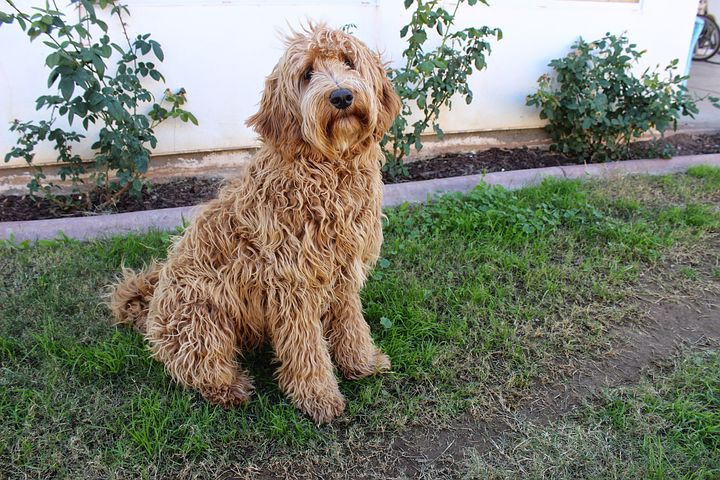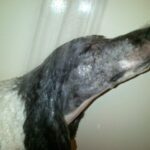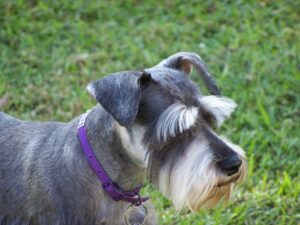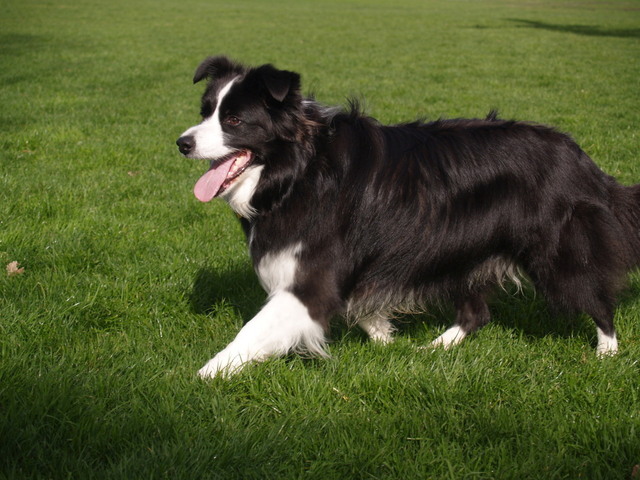There are at least twenty-five (25) well known breed mixes that end in the word “Poo,” short for Poodle. You will also be familiar with the term “Doodle.” Again, that indicates that one parent, or at least some percentage of the gene pool, came from a Poodle.
We are all somewhat familiar with many of these mixes, and the list continues to grow.
But why? Why is the Poodle the “go-to” breed to mix with so many other breeds?

Because Poodles are a terrific breed. They are smart, hypoallergenic, take direction well, they are bred in small, medium and large sizes, sport different coloring, don’t shed and like water, among other things. So why not? Why not incorporate the Poodle as the “go-to” dog for breeding? You won’t find much of a dissenting view on that topic.
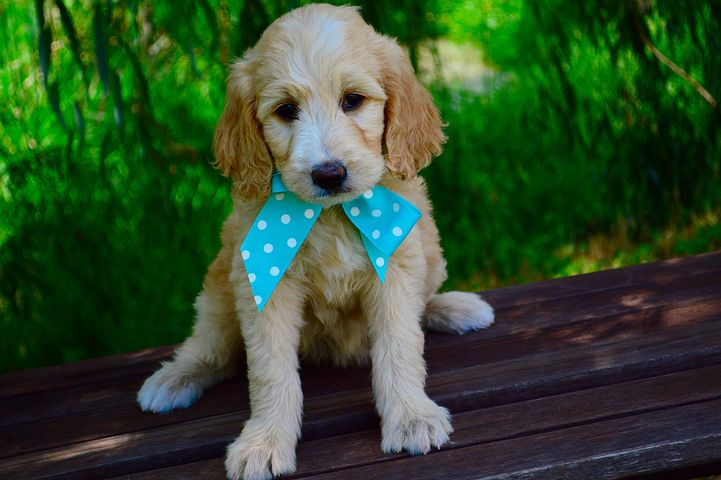
But why mix this terrific breed with another breed? Do you lose any of the special qualities that make the Poodle stand apart? That goes to the heart of individual taste. Once a Poodle is bred with another breed, the identifying characteristics of the Poodle are decreased. Now you have a new look, a new personality trait, and a different fur/hair texture. Plus, you’re no longer getting the typical look of what is known as the French Poodle—only some of its best attributes. Again, is there a downside? That falls under the umbrella of “Buyer Beware.” In other words, do your homework and learn all there is to know about the Poodle mix you are considering before he or she becomes a permanent member of your household.
Question: Will a Poodle mix be hypoallergenic? Only if the other breed that was mixed with the Poodle, is also hypoallergenic. If the Poodle is mixed with a breed that is not, then it is not guaranteed, and it may lose the full ability to be hypoallergenic. This is especially true if the breed the Poodle is mixed with is hyper-allergenic.
The following is an explanation of generation categories used as an indication of the percentage of Poodle in your Poo or Doodle mix.
Breeding Categories according to Breeding Business are as follows:
P = Purebred
F1 = 50% Poodle + 50% purebred of another breed, or Purebred A + Purebred B. Now at this level the dog starts to lose some of the hypoallergenic protection it enjoyed as a purebred Poodle and takes on some of the characteristics of a different purebred breed.
F1b = 75% Poodle + 25% purebred of another breed or the breeding of a purebred A dog with a purebred B dog. i.e., mother, is a B = Labradoodle + father, is a Poodle.
F2 Generation
50% Purebred-A
50% Purebred-B
F2 dogs are the offsets resulting from the mating of two F1 hybrids.
Example: A Labradoodle whose mother is a Labradoodle F1 and father a Labradoodle F1.
Chart of an F2 hybrid dog (c) breedingbusiness.com
F2b Generation
75% Purebred-A
25% Purebred-B
These are second-generation backcrossed dogs. Each F2b dog is the offset of an F1 parent and an F1 backcrossed (F1b) parent.
Example: A Labradoodle whose mother is a Labradoodle F1 and father a Labradoodle F1b.
Chart of an F2b hybrid dog (c) breedingbusiness.com
F3 Generation
Offsets coming from the mating of two F2 hybrid parents.
Example: a Labradoodle whose mother is a Labradoodle F2 and father a Labradoodle F2.
Multi-Generation
An F3 or higher-generation hybrid dog crossed with an F3 or higher-generation hybrid dog.
At this point, you might ask, “These categories are complicated. Why do I need to know this?” The best answer is that it is the doggy equivalent of using Ancestry.com or constructing a family tree. It gives you better insight into the traits of your dog, as to their temperament, looks, and health.
All breeds, whether purebred or mixes have traits inherent to that breed. It’s merely a way of being informed. For example, a French Bulldog, a Pug, a Bulldog, to name a few, are what is referred to as brachycephalic dogs. It goes to the heart of a particular look, whereby these breeds have shortened heads, flat faces, and recessed noses. That special look is however responsible for airway obstruction issues.
If you want the attributes of a Poodle, the more the breed is bred down, the fewer Poodle attributes will go into the mix. At the same time, you might be looking for the attributes of another purebred, with the reliance on some percentage of Poodle. Again: know before you go—that is, before you go to a breeder, pet store, shelter or dog owner to foster or adopt a pet.
At the same time, if you are familiar with a mixed Poodle breed and you fall in love with a special puppy/dog; then go for it and enjoy each other for many, happy years to come.
